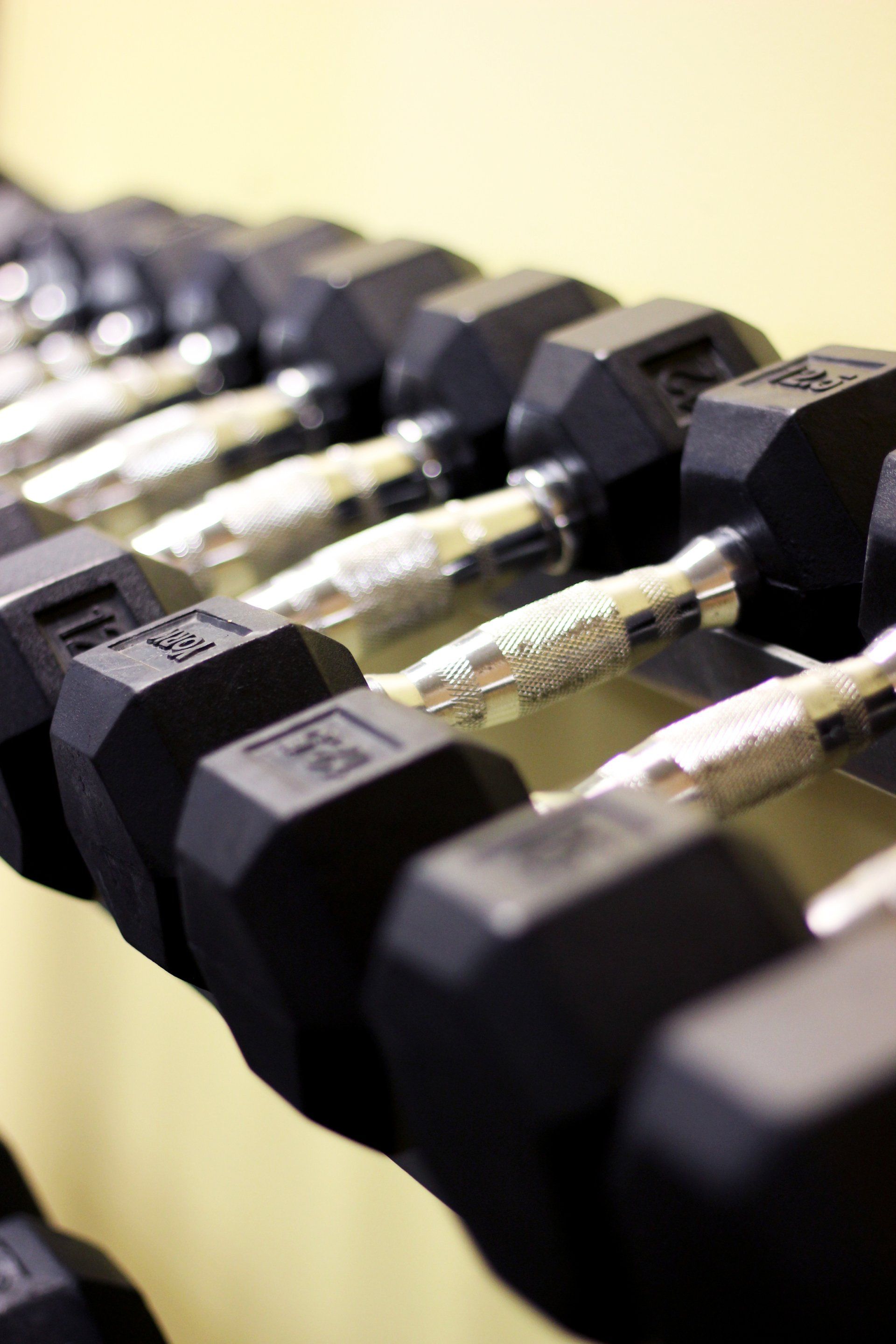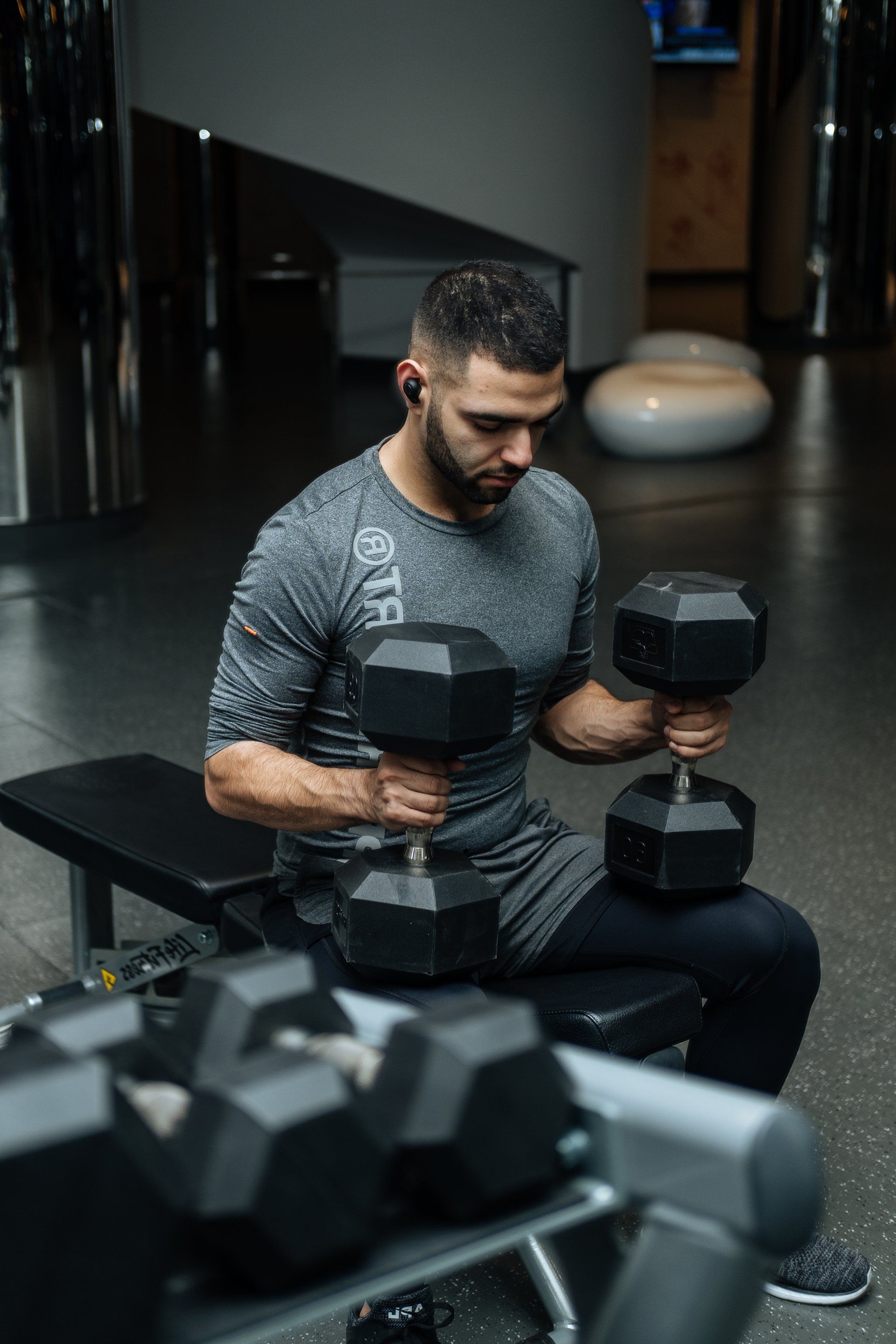Finding Balance: Incorporating Cardiovascular Exercise into Your Strength Training Routine
any individuals tend to focus solely on strength training, neglecting the importance of cardiovascular fitness. In this blog article, we'll discuss the significance of incorporating cardio into your workout routine and provide some valuable tips to help you strike the perfect balance between strength and cardiovascular training.

Why Cardiovascular Exercise Matters
Cardiovascular exercise, also known as cardio, plays a crucial role in maintaining a healthy lifestyle. It enhances heart health, boosts endurance, increases lung capacity, and aids in weight management. By engaging in regular cardio workouts, you can reduce the risk of chronic diseases such as heart disease, diabetes, and obesity.
The Importance of Balance
While strength training builds muscles, increases strength, and improves overall body composition, it tends to focus on anaerobic exercises that primarily target specific muscle groups. Cardiovascular exercise, on the other hand, involves aerobic activities that elevate heart rate, strengthen the cardiovascular system, and burn calories. To achieve optimal fitness levels, it's essential to strike a balance between the two.
Incorporating Cardio into Your Strength Training Routine
- Prioritize Variety:
Incorporating various forms of cardio exercise can keep your routine engaging and prevent boredom. For older individuals or those with joint issues, low-impact exercises like using an exercise bike or rowing machine can be excellent options. These machines provide a cardiovascular workout without placing excessive stress on the joints. Invest in a high-quality exercise bike or rower, and include them in your routine a few times a week. - Interval Training:
High-Intensity Interval Training (HIIT) is a fantastic way to combine cardiovascular exercise with strength training. Alternating between short bursts of intense activity and brief recovery periods not only elevates your heart rate but also builds strength and burns more calories. For instance, you can incorporate running intervals into your routine by sprinting for 30 seconds, followed by 60 seconds of recovery walking. Repeat this cycle for a set duration, gradually increasing the intensity and duration as you progress. - Circuit Training:
Circuit training combines cardiovascular exercise with strength training in a time-efficient manner. Set up a series of exercises that target different muscle groups, such as squats, push-ups, lunges, and planks. Perform each exercise back-to-back with minimal rest in between. This approach keeps your heart rate elevated while also engaging your muscles. Feel free to include a short burst of cardio, such as jumping jacks or mountain climbers, between each strength exercise to intensify the workout. - Active Rest Periods:
Instead of taking complete rest periods between strength training sets, incorporate active rest exercises that get your heart pumping. For example, if you're performing a set of dumbbell chest presses, use the rest period to jump on the rowing machine or stationary bike for a quick cardio burst. This not only saves time but also maximizes the overall impact of your workout. - Outdoor Cardiovascular Activities:
Don't limit yourself to indoor gym workouts alone. Take advantage of the great outdoors by incorporating activities such as jogging, cycling, or hiking. Running is a fantastic cardiovascular exercise that requires minimal equipment and can be adjusted to different fitness levels. If you prefer a low-impact option, cycling provides a joint-friendly alternative. Engaging with nature while getting your heart rate up is a rejuvenating way to incorporate cardio into your routine.
Finding the right balance between strength training and cardiovascular exercise is essential for overall fitness and well-being. As personal trainers, we cannot stress enough the importance of incorporating cardio into your routine. By diversifying your workouts, using equipment like exercise bikes and rowing machines, and exploring different forms of cardiovascular exercise, you'll not only improve your cardiovascular fitness but also enhance your strength and overall performance. Remember, fitness is a journey, and balance is the key to long-term success.
Sources:
- Mayo Clinic. (2022). Cardiovascular exercise: What you need to know to get started. Retrieved from [https://www.mayoclinic.org/healthy-lifestyle/fitness/in-depth/cardiovascular-exercise/art-20046835]
- American Heart Association. (n.d.). Recommendations for Physical Activity in Adults and Kids. Retrieved from [https://www.heart.org/en/healthy-living/fitness/fitness-basics/aha-recs-for-physical-activity-in-adults]
- Healthline. (2022). The Benefits of High-Intensity Interval Training (HIIT). Retrieved from [https://www.healthline.com/nutrition/benefits-of-hiit]

















